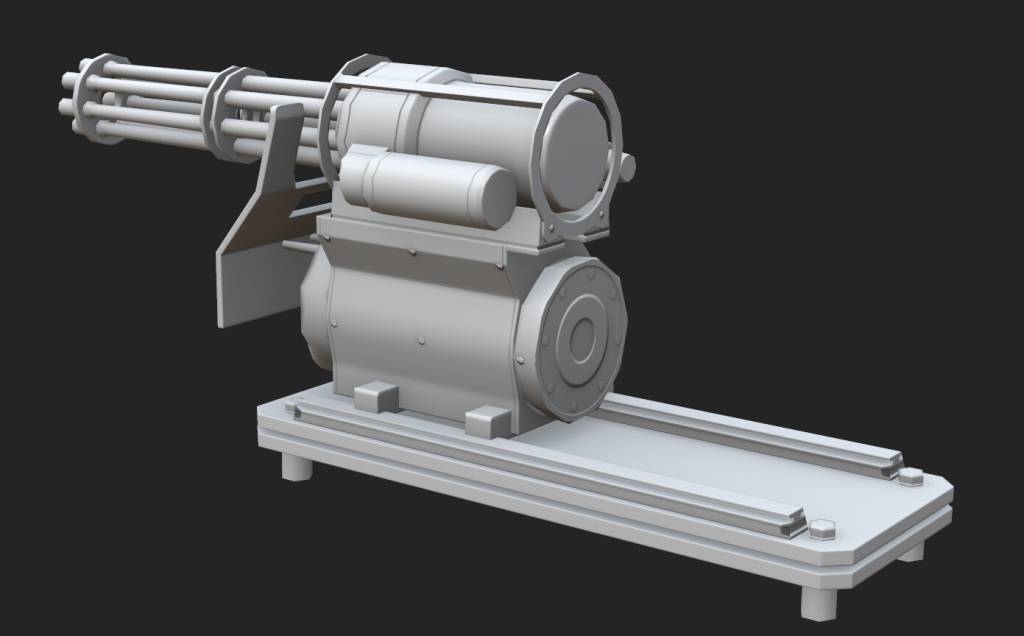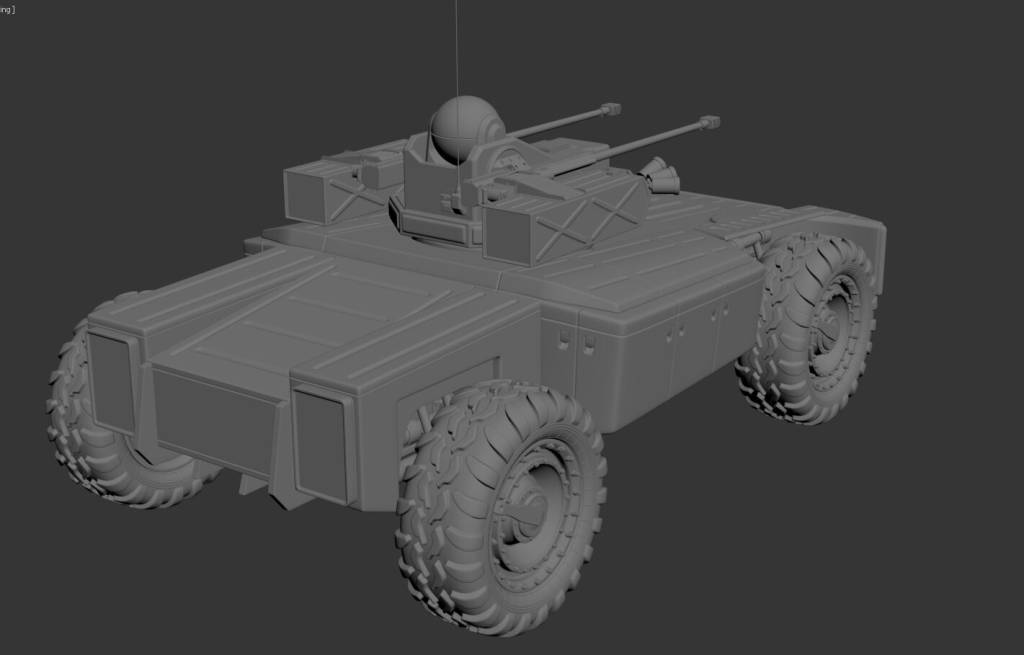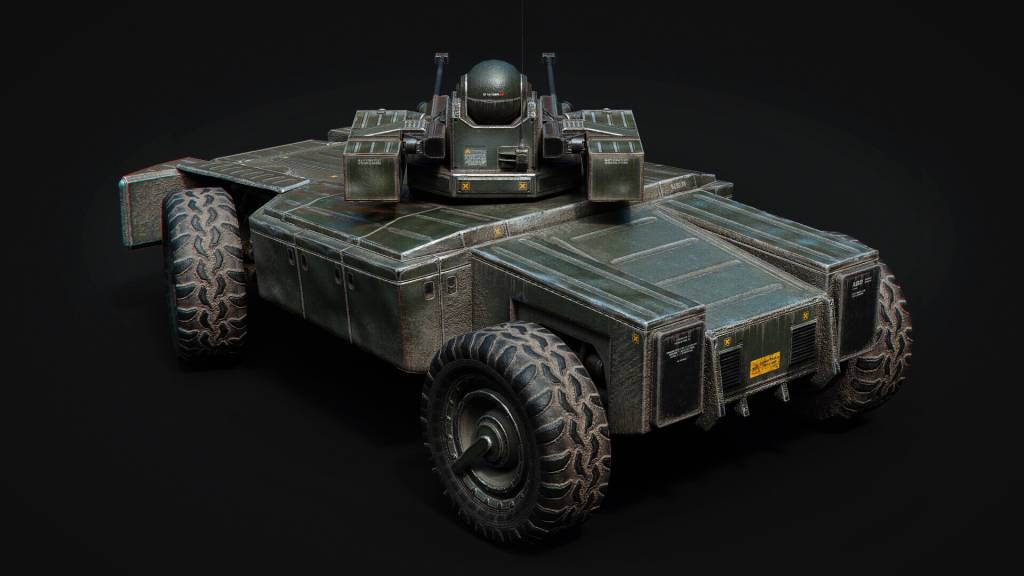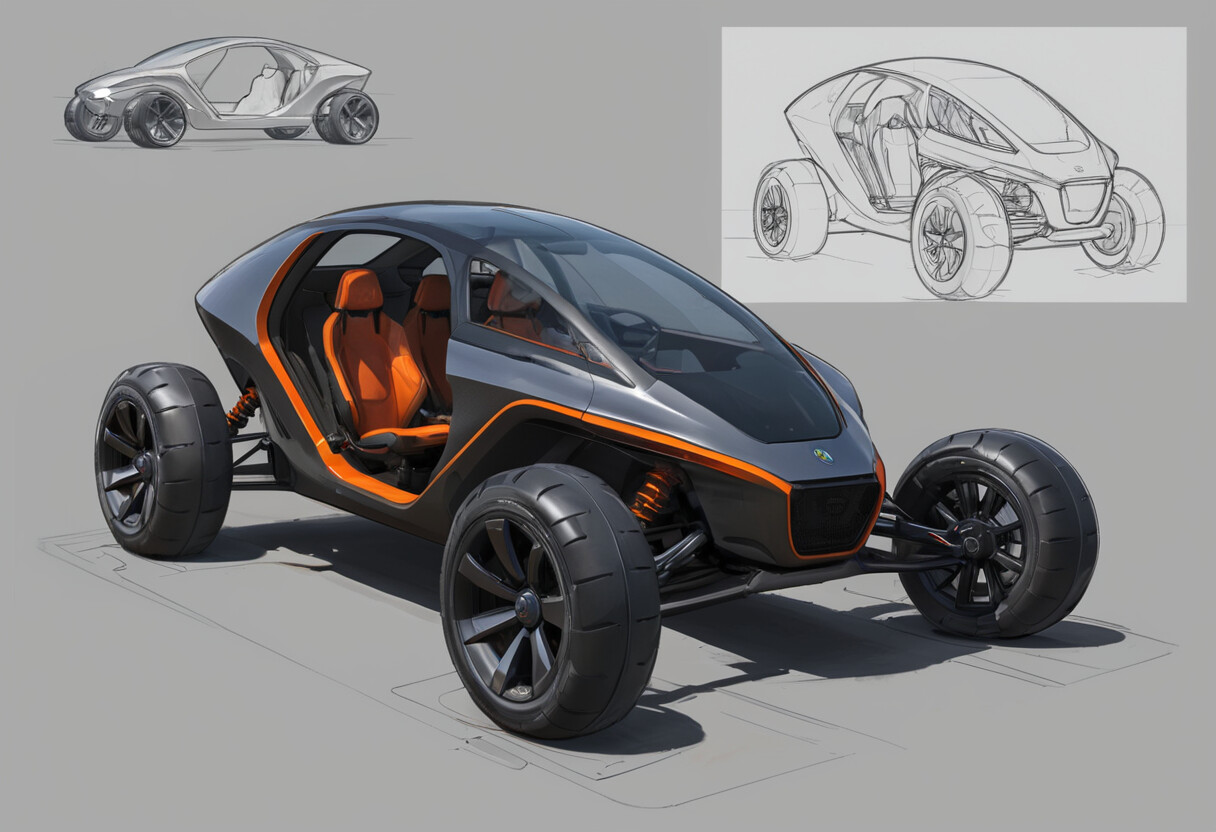We breathe life into ideas, crafting visual blueprints that lay the foundation for immersive worlds, characters, and narratives. Our concept art captures imagination and paves the way for compelling storytelling.
Concept Art Services for Video Games
Yoneeka delivers top-tier services in video game concept art, transforming clients’ ideas into vibrant visuals. We excel in crafting detailed characters, immersive environments, and intricate props that shape the unique style and tone of your project. Our experienced team works closely with clients to ensure a unified aesthetic, bringing their vision to life and enriching the overall game development process. By partnering with us, you can be confident that your title will stand out with its distinctive visual identity.

Our artists are ready to bring your ideas to life, creating stunning weapon and vehicle designs, detailed environments, and props. We work closely with you to ensure a cohesive visual style, transforming your creative vision into reality with exceptional results.

The Process of Concept Art Creation
RESEARCH. At the outset of concept art creation, we thoroughly gather and analyze references, explore themes, and define the project’s visual style. Drawing inspiration from various sources like books, films, and artwork, we lay the groundwork for the creative process. This helps our artists grasp the project’s and client’s needs, setting the right direction for the next stages.
INITIAL SKETCHES. At this stage, artists translate their ideas into rough sketches, concentrating on capturing the core aesthetic through basic forms, shapes, and silhouettes. This step is essential in laying the foundation for the final artwork, as these initial concepts provide a starting point for further development. It allows artists to explore various design possibilities and refine their vision.
CONCEPT DEVELOPMENT. At this stage, the initial sketches are refined into more detailed drawings. Our artists experiment with variations, focusing on composition, proportions, and intricate details, while exploring design elements like color schemes and textures to enhance visual appeal. The process involves iterative refinement, with concepts being revised and adjusted continuously until the desired look and feel for the artwork is achieved.
COLOR AND TEXTURE. By applying color and texture, our specialists add depth and atmosphere to their concepts. They carefully choose color palettes and use shading techniques to create dimensionality. Textures are added to surfaces, enhancing realism and visual appeal. This stage breathes life into the artwork, setting the mood and tone while maintaining cohesion with the game’s overall aesthetic.

FINAL RENDERING. In the final rendering stage, the art department creates high-resolution, detailed illustrations based on the refined concepts. We focus on perfecting the artwork, ensuring every detail aligns with the project’s overall vision. By incorporating lighting effects and atmospheric elements, we enhance the product’s realism and immersion. This stage signifies the completion of the concept art, making it ready for review and approval.

Why us
Outsourcing concept art services brings expert insights and fresh perspectives, significantly elevating your game’s visual quality. It saves both time and costs by giving you access to skilled artists without the need to assemble an in-house team. This flexibility allows for scalability and faster project completion. Moreover, it guarantees high-quality, cohesive designs, allowing your main development team to focus on core tasks.
The concept art team usually consists of artists and designers, guided by an art director, a creative lead, and producers or project managers. Together, they work to craft visually striking and captivating designs that define the game’s atmosphere.
Concept art creation leverages various digital tools and software, including industry-standard applications like Adobe Photoshop, Autodesk SketchBook, and Procreate for sketching, painting, and digital manipulation. Additionally, 3D modeling software such as Blender and ZBrush may be utilized for creating detailed props and environments. These technologies enable artists to iterate quickly, experiment with different ideas, and produce high-quality visuals efficiently.
